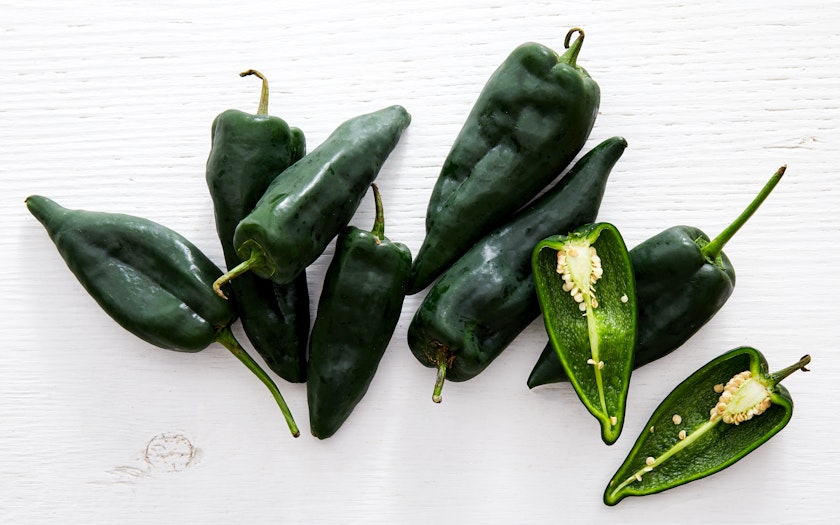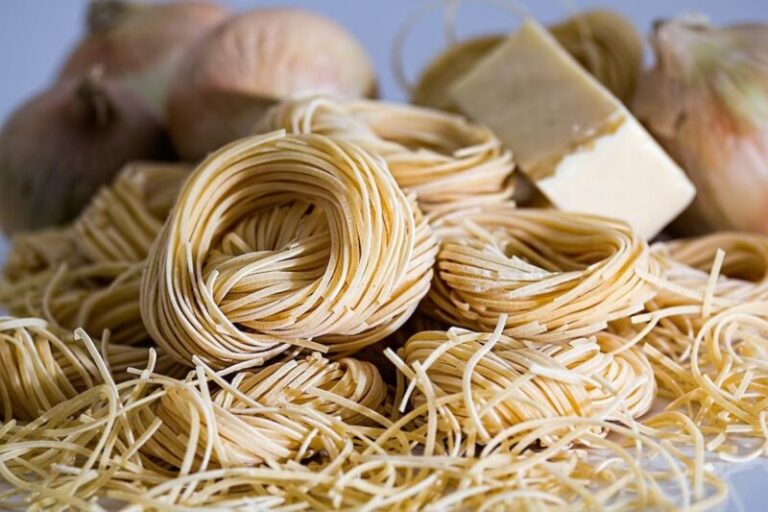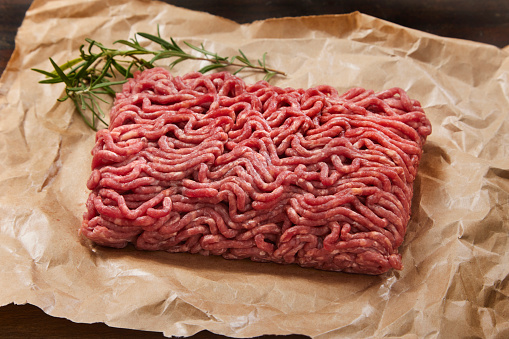The 8 Best Poblano Pepper Substitutes: A Comprehensive Guide
In the vibrant world of Mexican cuisine, few ingredients shine as brightly as the poblano pepper. Known for its distinctive flavor and versatility, this pepper has become a staple in kitchens around the globe. However, there may be times when you find yourself without access to fresh poblanos, whether due to seasonal availability or regional limitations. Fear not! This comprehensive guide will introduce you to the 8 best poblano pepper substitutes that can help you recreate authentic flavors and textures in your favorite dishes.
Understanding Poblano Peppers
Before we dive into the substitutes, let’s take a moment to appreciate the unique characteristics of poblano peppers. Originating from Puebla, Mexico, these peppers have gained popularity not only in their homeland but also across the southern United States and beyond.
Poblanos are prized for their garden-fresh flavor and deep, forest-green color. They offer a delightful combination of mild heat and subtle sweetness, with a hint of smokiness that sets them apart from other peppers. On the Scoville scale, poblanos range from 1,000 to 1,500 units, making them significantly milder than jalapeños.
These peppers thrive in hot, sunny conditions and have an average growing season of about 200 days from seed to harvest. When ripe, poblanos typically measure around 4 inches in length and boast a rich, dark green hue. It’s worth noting that as they mature and turn red, they can become spicier.
Culinary versatility is one of the hallmarks of poblano peppers. They can be grilled, sautéed, fried, or eaten raw, making them a favorite among chefs and home cooks alike. Poblanos are the star ingredient in classic dishes like chiles rellenos, and they play a supporting role in mole sauces, rajas con crema, and the colorful festival dish chiles en nogada.
Now that we’ve explored the unique qualities of poblano peppers, let’s examine the best poblano pepper substitutes that can help you capture similar flavors and textures in your cooking.
The 8 Best Poblano Pepper Substitutes
1. Green Bell Pepper
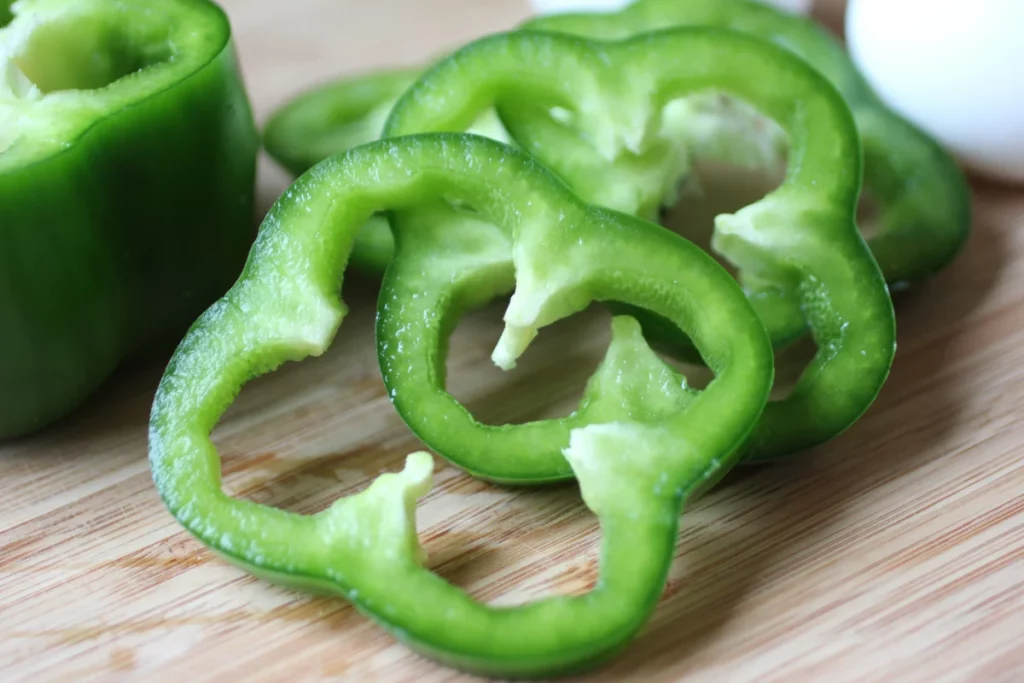
When poblanos are nowhere to be found, green bell peppers can step in as a reliable substitute. These widely available peppers share several characteristics with poblanos, making them a versatile alternative.
Flavor Profile: Green bell peppers are milder and sweeter than poblanos, lacking the subtle heat and smokiness. However, their crisp texture and fresh flavor make them a suitable stand-in for many recipes.
Best Uses: Green bell peppers excel in stuffed pepper recipes due to their large size and sturdy walls. They can also be used in sautés, stir-fries, and raw preparations where poblanos are typically called for.
Pro Tip: To compensate for the lack of heat, consider adding a pinch of chili powder or a dash of hot sauce to your dish when using green bell peppers as a poblano substitute.
2. Jalapeño Pepper
For those who crave a bit more heat, jalapeño peppers offer an exciting alternative to poblanos. These popular peppers can be found in most grocery stores year-round, making them a convenient substitute.
Flavor Profile: Jalapeños are significantly spicier than poblanos, with a bright, fresh flavor. They lack the earthy undertones of poblanos but provide a similar crispness when raw.
Best Uses: Jalapeños work well in salsas, cheese-based dips, and as a topping for nachos or tacos. They can also be stuffed, though their smaller size means you’ll need more peppers to achieve the same yield as poblanos.
Pro Tip: To temper the heat of jalapeños, remove the seeds and membranes before use. This will bring the spice level closer to that of poblanos while retaining the pepper’s distinctive flavor.
3. Ancho Peppers
Ancho peppers are actually dried poblanos, making them an excellent substitute when fresh poblanos are unavailable. These dark, wrinkled peppers offer a unique flavor profile that can elevate many dishes.
Flavor Profile: Ancho peppers have a more intense, earthy, and smoky flavor compared to fresh poblanos. They offer a mild heat level similar to fresh poblanos.
Best Uses: Rehydrated ancho peppers work well in sauces, stews, and marinades. They can also be ground into a powder and used as a spice rub or seasoning.
Pro Tip: To rehydrate ancho peppers, soak them in warm water for about 30 minutes until they become pliable. Drain and use as needed in your recipe.
4. Guajillo or Anaheim Pepper
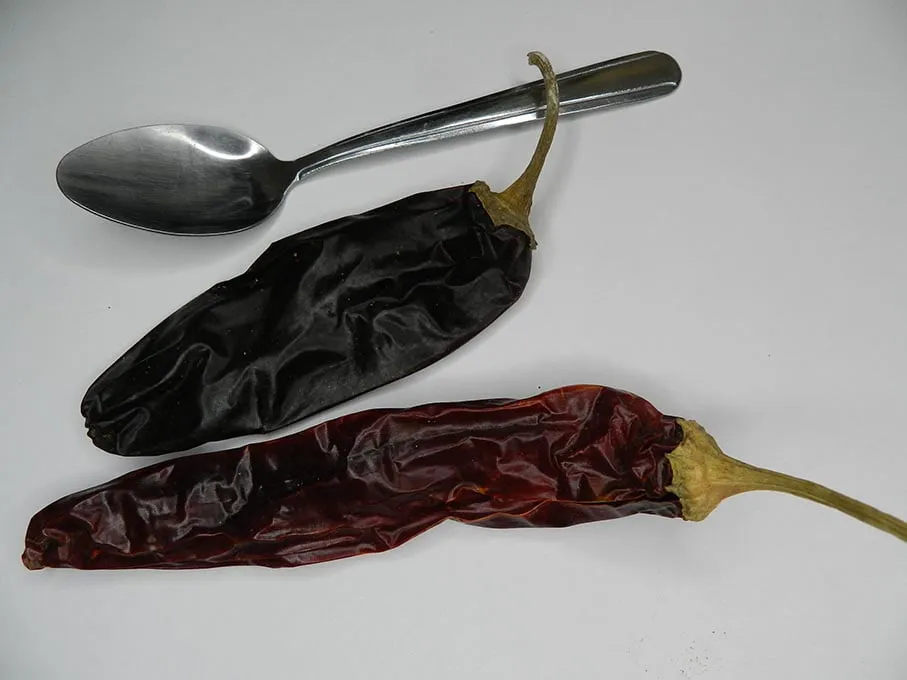
Both guajillo and Anaheim peppers can serve as excellent poblano substitutes, each offering its own unique characteristics to your dishes.
Flavor Profile: Guajillo peppers are spicier than poblanos, with a tangy, fruity flavor. Anaheim peppers, on the other hand, are sweet and mild, becoming slightly spicier when cooked.
Best Uses: Both peppers work well in stuffed pepper recipes, sauces, and salsas. They can also be roasted and peeled for use in various Mexican dishes.
Pro Tip: When using guajillo peppers, start with a smaller amount than you would poblanos and adjust to taste, as they pack more heat.
5. Cubanelle or Pepperello Peppers
For those seeking a milder alternative, Cubanelle or Pepperello peppers offer a sweet, tender option that can work well in many poblano-based recipes.
Flavor Profile: Both varieties are mild and sweet, with a pale green color. They have a tender texture and thin skin, making them easy to work with in various preparations.
Best Uses: These peppers are excellent for stuffing, grilling, or eating raw. They’re also commonly used in pickled pepper preparations.
Pro Tip: Due to their thinner walls, be gentle when stuffing these peppers to avoid tearing. They may also require less cooking time than poblanos.
6. Red Bell Peppers
While green bell peppers are a common substitute, red bell peppers offer a sweeter, more flavorful alternative that can bring a unique twist to your poblano-inspired dishes.
Flavor Profile: Red bell peppers are sweeter and more robust in flavor compared to their green counterparts. They have no heat but offer a delightful sweetness and crisp texture.
Best Uses: Red bell peppers are versatile and can be used in stuffed pepper recipes, roasted and peeled for various dishes, or sliced raw for salads and sautés.
Pro Tip: To mimic the slight heat of poblanos, consider adding a pinch of cayenne pepper or a few red pepper flakes to your dish when using red bell peppers.
7. Mulato Peppers
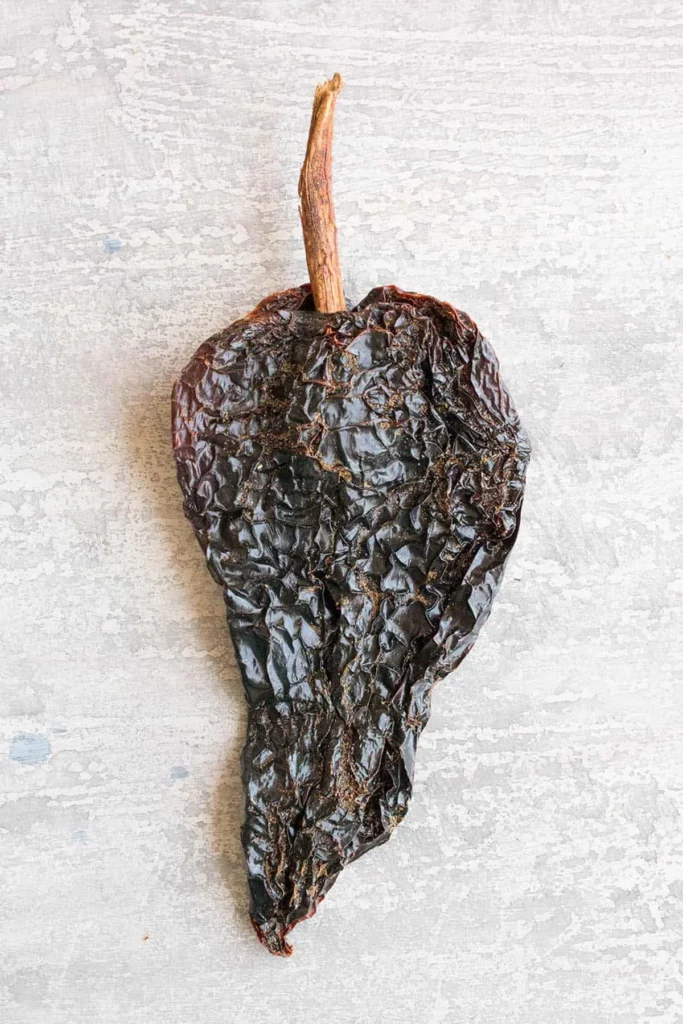
Mulato peppers are a variety of poblano that offers a unique flavor profile, making them an interesting substitute for traditional poblanos.
Flavor Profile: Mulato peppers are darker in color, almost brown, and have a rich, sweet flavor with earthy undertones. They are similar in heat level to regular poblanos.
Best Uses: These peppers are especially popular in mole sauces due to their deep color and rich flavor. They can also be used in stuffed pepper recipes or as a flavoring agent in stews and sauces.
Pro Tip: Keep in mind that mulato peppers have a tougher skin than regular poblanos. You may need to adjust cooking times or consider peeling the skin after roasting for the best texture.
8. Canned Poblano
When fresh options are limited, canned poblano peppers can be a surprisingly good substitute, offering convenience without sacrificing too much flavor.
Flavor Profile: Canned poblanos retain much of the characteristic flavor of fresh poblanos, though they may be slightly softer in texture.
Best Uses: Use canned poblanos in cooked dishes such as casseroles, soups, or sauces where texture is less critical. They can also be chopped and added to dips or used as a pizza topping.
Pro Tip: Drain canned poblanos well before use to remove excess liquid. If possible, opt for fire-roasted canned poblanos for a closer match to the smoky flavor of fresh, roasted poblanos.
Conclusion
While nothing can truly replace the unique charm of fresh poblano peppers, these 8 best poblano pepper substitutes offer a range of options to help you create delicious, authentic-tasting dishes when poblanos are out of reach. Whether you’re looking for a milder option like green bell peppers or craving the intensity of jalapeños, there’s a substitute to suit every palate and recipe.
Remember, cooking is an art of adaptation and experimentation. Don’t be afraid to mix and match these substitutes or adjust quantities to achieve the perfect balance of flavor in your dishes. With this comprehensive guide to poblano pepper alternatives, you’re well-equipped to tackle any recipe, regardless of poblano availability.
So, the next time you find yourself without poblanos, embrace the opportunity to explore these flavorful alternatives. Who knows? You might just discover a new favorite pepper in the process. Happy cooking, and may your culinary adventures be filled with the rich, diverse flavors of Mexico and beyond!
